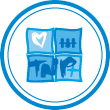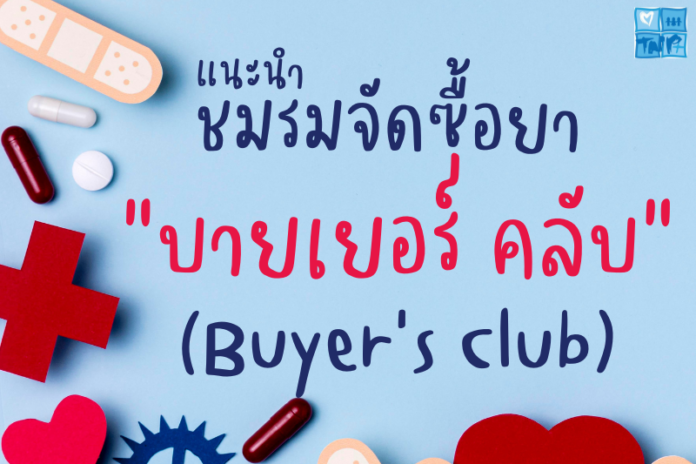The “Buyer’s Club” is a group of people who need ARV and are able to cover the cost of their ARV medication. At that time the MOPH supported ARV project was unable to provide ARV for all PLWHA who needed it.
The group’s aim was to solve the immediate problem of those who were in urgent need of ARV and if possible were able to be responsible for their own expenses but had a limited budget. The group would also be responsible for the follow up of those PLWHA taking medication via the Buyer’s club. The long term goal, however, was to advocate for the lowering of ARV prices so that ARV could be accessible for all PLWHAs.
The Buyer’s Club was categorised into 2 parts comprising the local community level group and the group at a national level. The groups at the community level helped disseminate information about ARV and on the treatment of OIs to peers, and provided a follow up service to ensure that the medication is taken continually, consistently and punctually as well as coordinating with the doctor responsible for the cases. In addition, they had to manage the distribution of ARV to their peers. The group at the national level disseminated information on care to their peers in the local groups and negotiated for the procurement of cheaper ARV. The Buyer’s club negotiated and ordered drugs from both the government pharmaceutical organisation (GPO) in Thailand and from companies abroad, in particular India. The Thai Pharmaceutical Organization was not yet able to produce GPO-VIR.
The Buyer’s Club has also collaborated with MSF-Belgium and AIDS ACCESS Foundation. These organisations have helped provide accurate ARV related information and have tried to negotiate for and locate cheaper medication as well as providing up to date information to medical staff who provide treatment to PLWHAs.
Despite treatment being currently available through the government’s ARV project, some PLWHAs are not able to access medication through the public system due to complications in enlisting in the project if they require 2nd line medication. Some PLWHAs are not yet ready to disclose their status and lack confidence in the confidentiality of the health system. Hence, 17 Buyer’s club groups still exist with about 300 PLWHAs members.
We have learnt that there are PLWHAs in many countries in our Asian region that have problems accessing medication. We believe that by sharing our buyer’s club experience we might help create greater opportunities to access medication.


